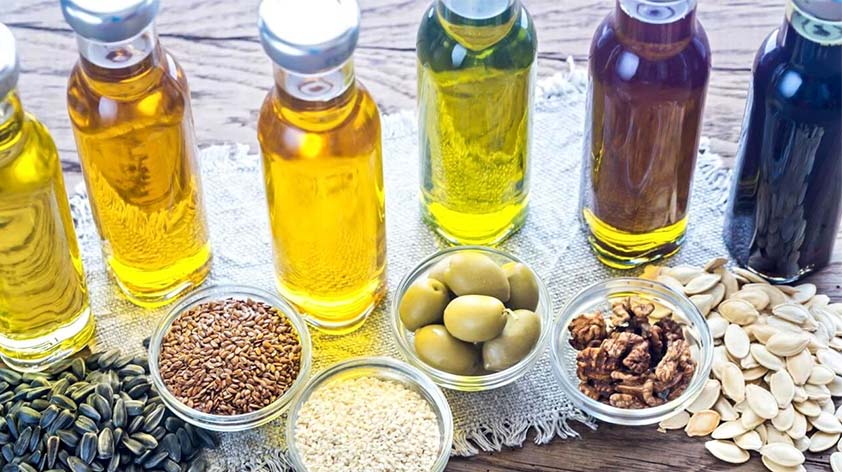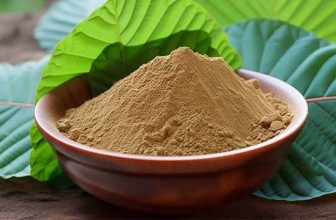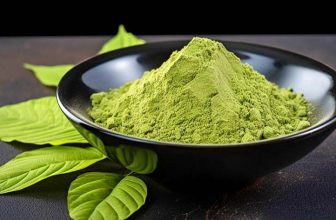
The world we now live in provides us with plenty of choices and that also applies to the types of cooking oils we can buy and use. Some, like vegetable oil, we are more familiar with and others, like avocado or canola oil, maybe less. A question most of us may be thinking then, is which oil is actually better to use? Read on for Cooking Oils: 9 Popular Oils Compared!
In order to determine which is the most suitable oil to use, we need to think about several factors, such as the fat type of the oil, health effects, smoke point (when the oil starts to burn and smoke) and how you are planning to use it: for frying, low-heat cooking or drizzling? Once it is past the point, not only is the flavour is altered, but also the molecules in the oil denature and change, releasing free radicals which are harmful.
Contrary to the public view that fat is not needed for a healthy diet, there’s research showing that use of higher-fat diets can reduce cardiovascular risk and lower cholesterol. However, this is only possible if the “right” type of fat is consumed which is made up of different types of fatty acids (FA).
The three main categories of FA are Saturated FA (SFA), Monounsaturated FA (MUFA) or Polyunsaturated FA (PUFA) which are determined by their chemical structure. Structural differences in PUFA further decide if it is omega-3 or omega-6.
Table Comparing Various Types of Cooking Oils
| Oil | Type of Fatty Acids | Suitable Usage | Smoke Point | Nutrition information |
|---|---|---|---|---|
| Olive | MUFA and some PUFA | Low and medium-heat cooking, dressing | 193°C | Contain vitamin E and K, antioxidants (11% PUFA) |
| Avocado | MUFA and some PUFA | Stir-fry, high-heat cooking | 250°C | Source of lutein (antioxidant for eyes) (13% PUFA) |
| Sunflower | PUFA (mostly omega-6) | Medium and high-heat cooking | 227°C | High in vitamin E. Lots of omega 6 |
| Canola (rapeseed) | MUFA and some PUFA | Stir-fry, high-heat cooking | 238°C | Similar benefits as olive oil but can be less due to processing |
| Palm | SFA and MUFA | High-heat cooking | 235°C | 50% SFA |
| Coconut | SFA | Medium-heat cooking | 175°C | More saturated fat than the same amount of butter or lard (85% SFA) |
| Sesame | Both MUFA and PUFA | High-heat cooking | 232°C | 42% PUFA |
| Vegetable | Mix of random oils so vary depending on manufacturer | High-heat cooking | 232°C | Mix of different types of oil so unable to determine. |
| Flaxseed | PUFA and some MUFA | Dressing | 107°C | High in omega-3 (68% PUFA) |
SFA is associated with bad health because too much of it can lead to an increase of cholesterol (specifically “bad” low-density lipoprotein cholesterol) in your blood which can increase risk of cardiovascular diseases.
Contrarily, unsaturated fatty acids can help to lower the “bad” cholesterol and maintain the “good” HDL (high-density lipoprotein) cholesterol. PUFA in addition are essential fats, they can’t be made by the body thus have to be provided by the diet.
They are required for regulation of inflammation, immunity, blood vessel health and more. So select oils that have a higher percentage of unsaturated fat with a smoke point that is suitable for your purpose of use.
With all that said, a total removal of fat in our diet, however, is not recommended. They have important structural and functional properties within our bodies, for example providing insulation and protection of the organs, and being carriers of fat-soluble vitamins A, D, E, K in the circulation.









